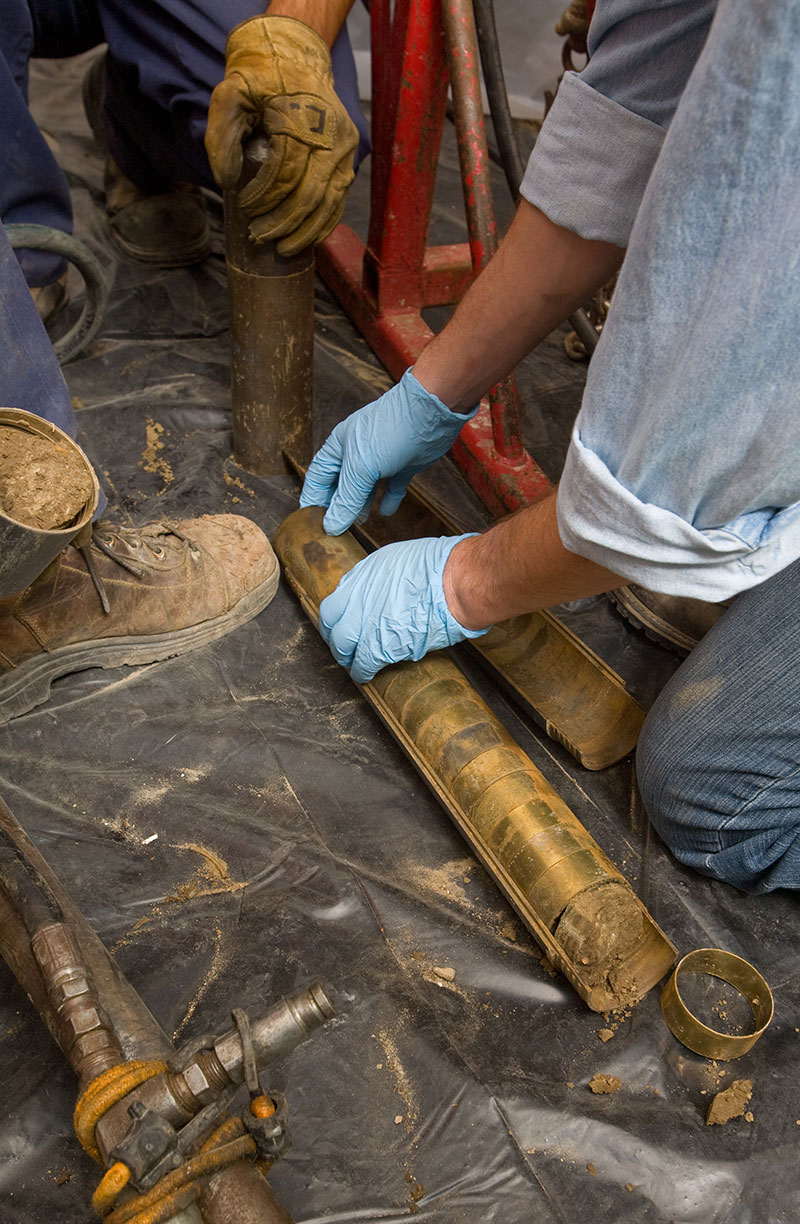If you’re a business owner, Indiana is the place to be. Indiana ranked eighth in Forbes’ 2015 list, Best States for Business. In particular, Indiana is a great state for manufacturing. The state was given an A rating for manufacturing Industry Health in the Conexus Indiana 2015 Manufacturing & Logistics Report Card, scoring higher than the nearby states of Illinois, Kentucky and Ohio. To give some more concrete statistics, almost 17% of Indiana’s workforce is employed by manufacturers, and over 30% of the state’s gross product is manufacturing.
Factors that help support this great business and manufacturing climate include favorable environmental policies and legislation. In fact, Forbes ranked Indiana second for regulatory environment.
In contrast, however, a bill was proposed (H.B. 1241) in 2014 that would have prevented business owners from being able to use their commercial general liability policies to cover pollution damages and remediation costs. The bill would have allowed an insurer not to cover well-known pollutants or to define pollution in vague terms to avoid paying for cleanup.
Business owners protested the bill, contending that it would harm small and large employers alike and put jobs in jeopardy. The bill also would have hindered cities working to address environmental issues at various contaminated sites. Ultimately, the bill didn’t pass, which shows the importance that Hoosiers place on providing an ideal climate for successful businesses and manufacturers.
Manufacturers in Indiana have a great opportunity to not only be in a state that supports business and manufacturing on the whole, but also to deal with environmental liability in a way that doesn’t drain financial resources or harm their business. Because of the legislation Indiana has in place for insurance, EnviroForensics is able to locate and use old insurance policies, via our sister company PolicyFind, to pay for site investigation and cleanups, as well as associated legal fees. We are also equipped with a team of expert engineers and geologists who have extensive expertise in the remediation of soil and groundwater contamination, as well as vapor intrusion exposure issues.
To keep their businesses thriving, Indiana manufacturers should take this great opportunity to deal with any environmental issues on their properties. While Indiana law is currently favorable toward manufacturers, you never know when legislation and policies could change. Don’t miss your chance.

